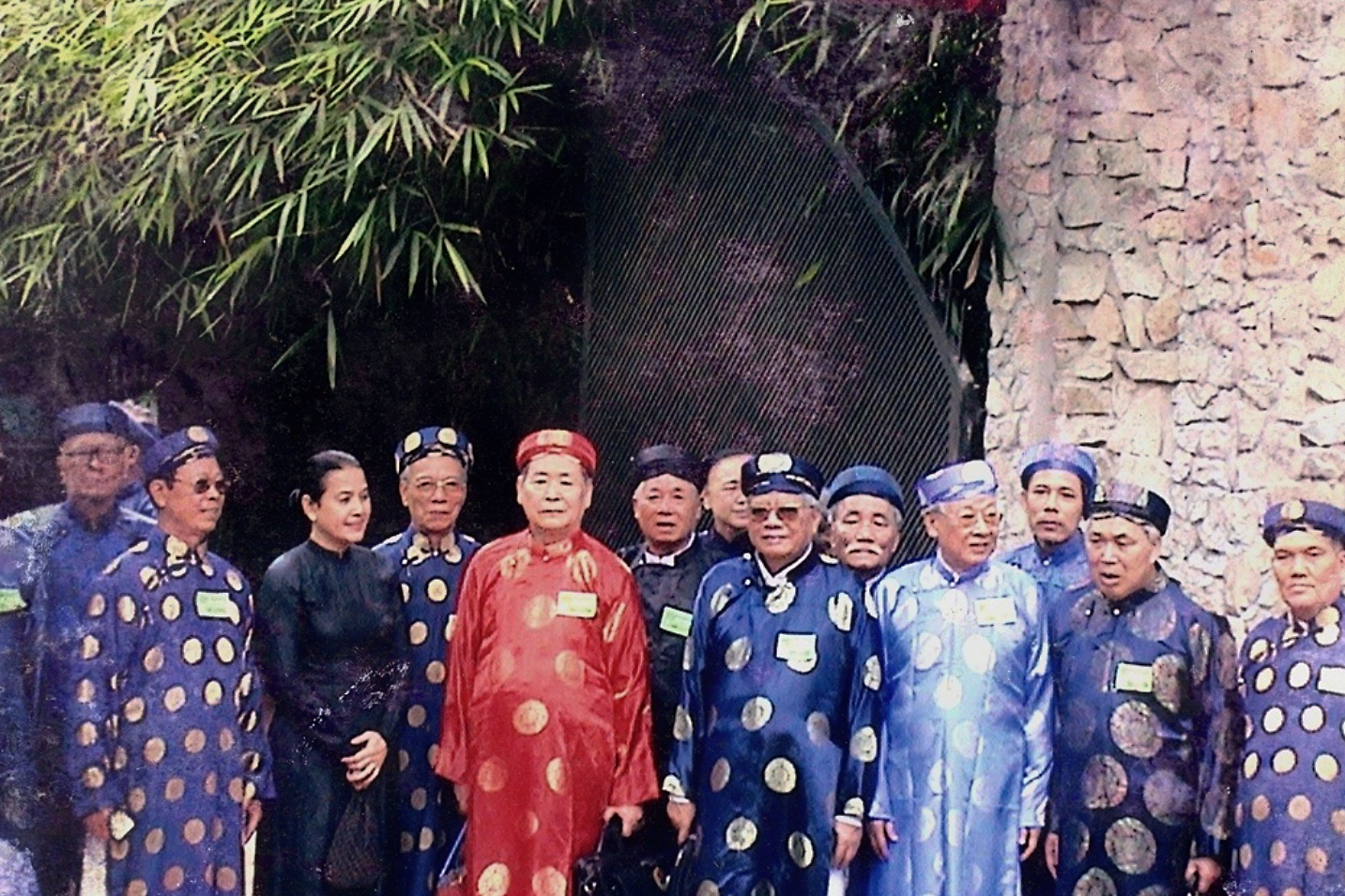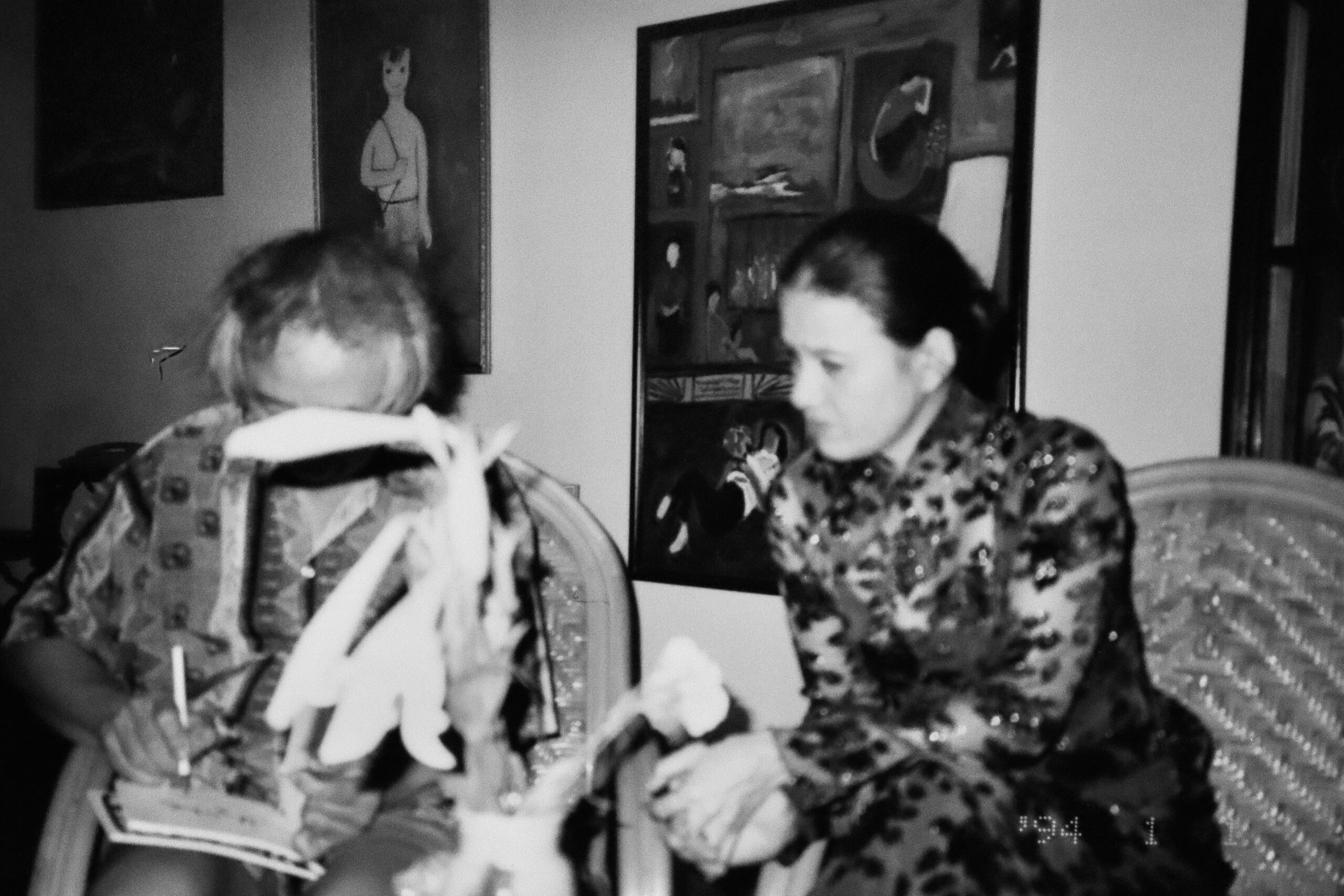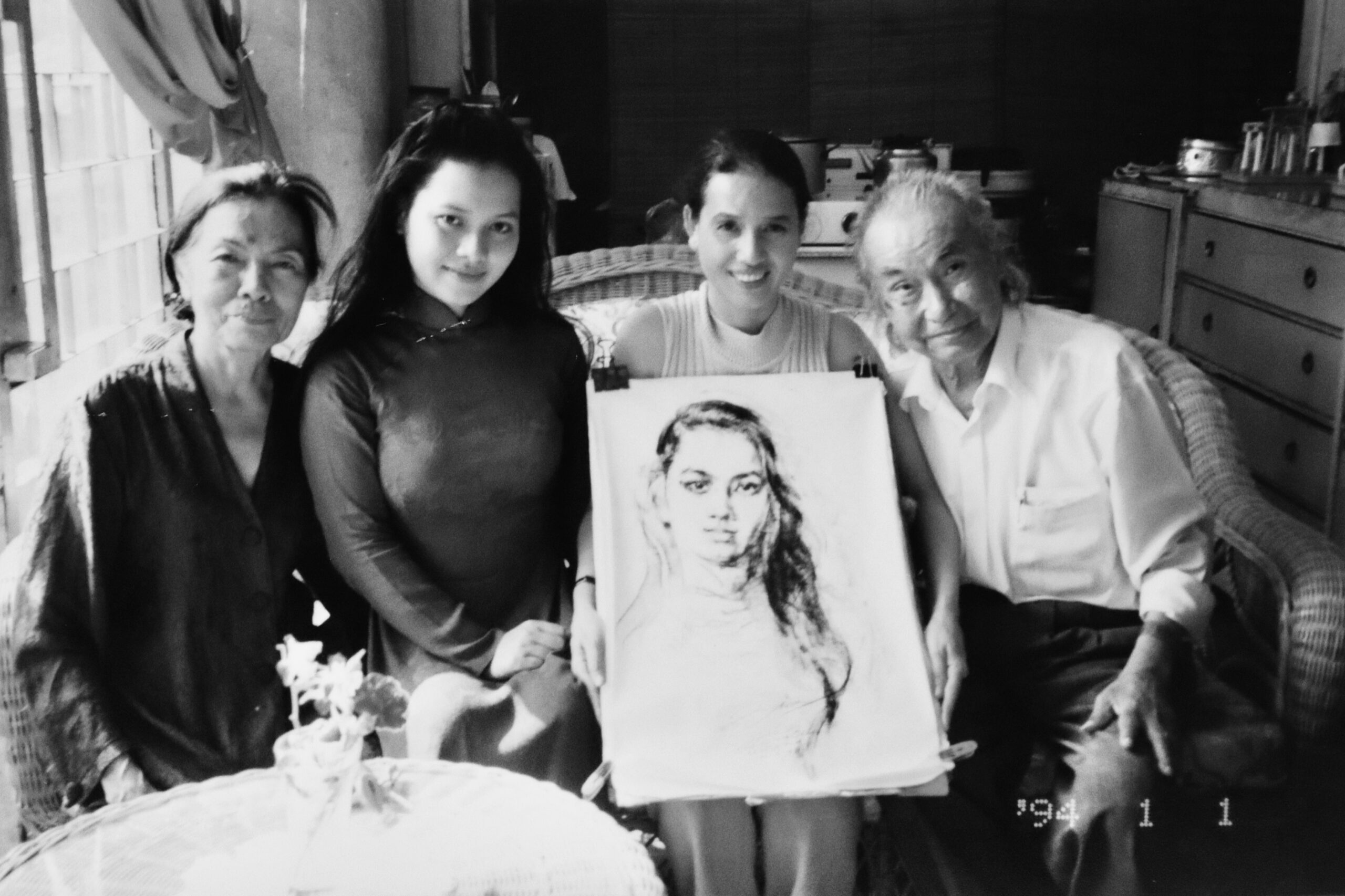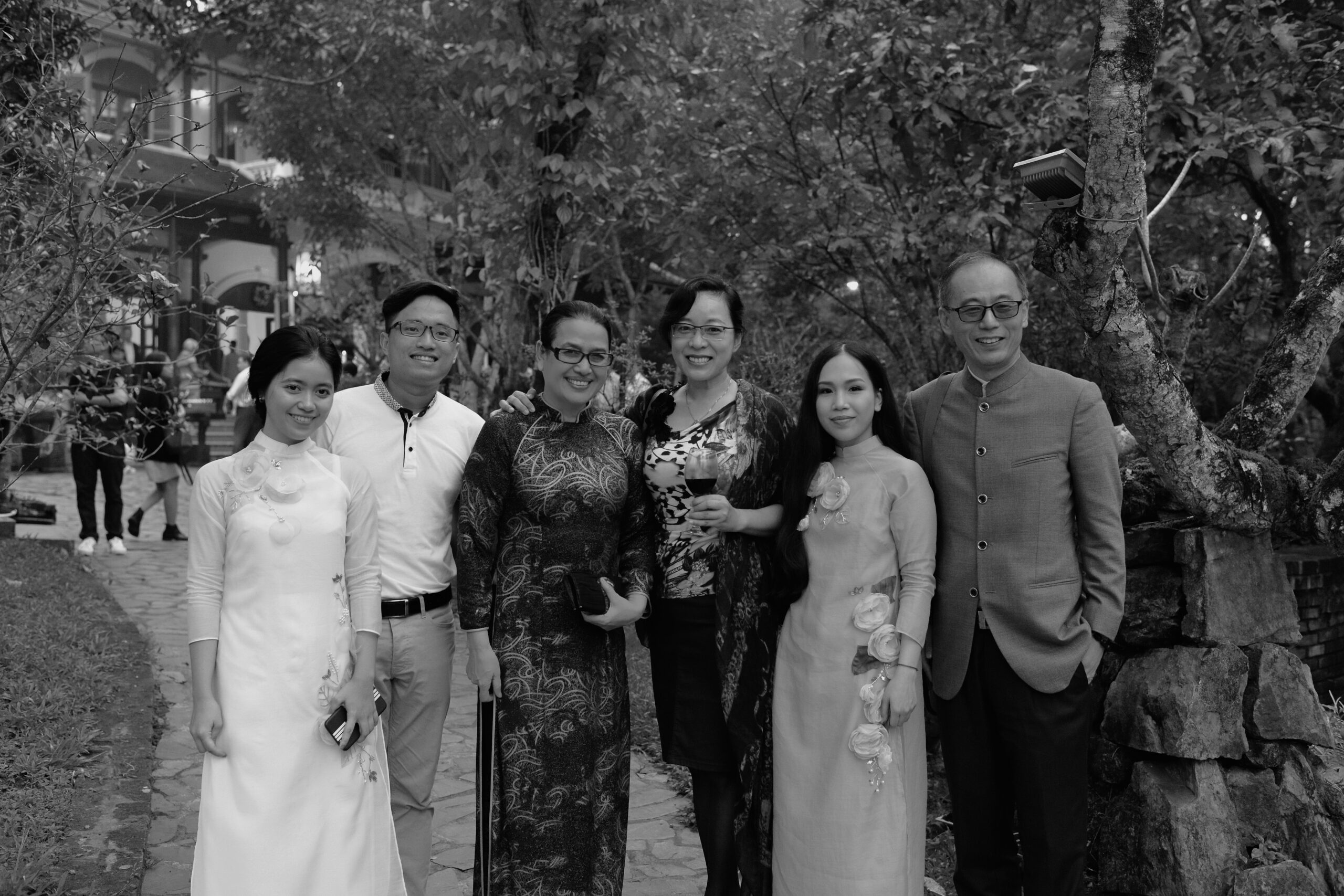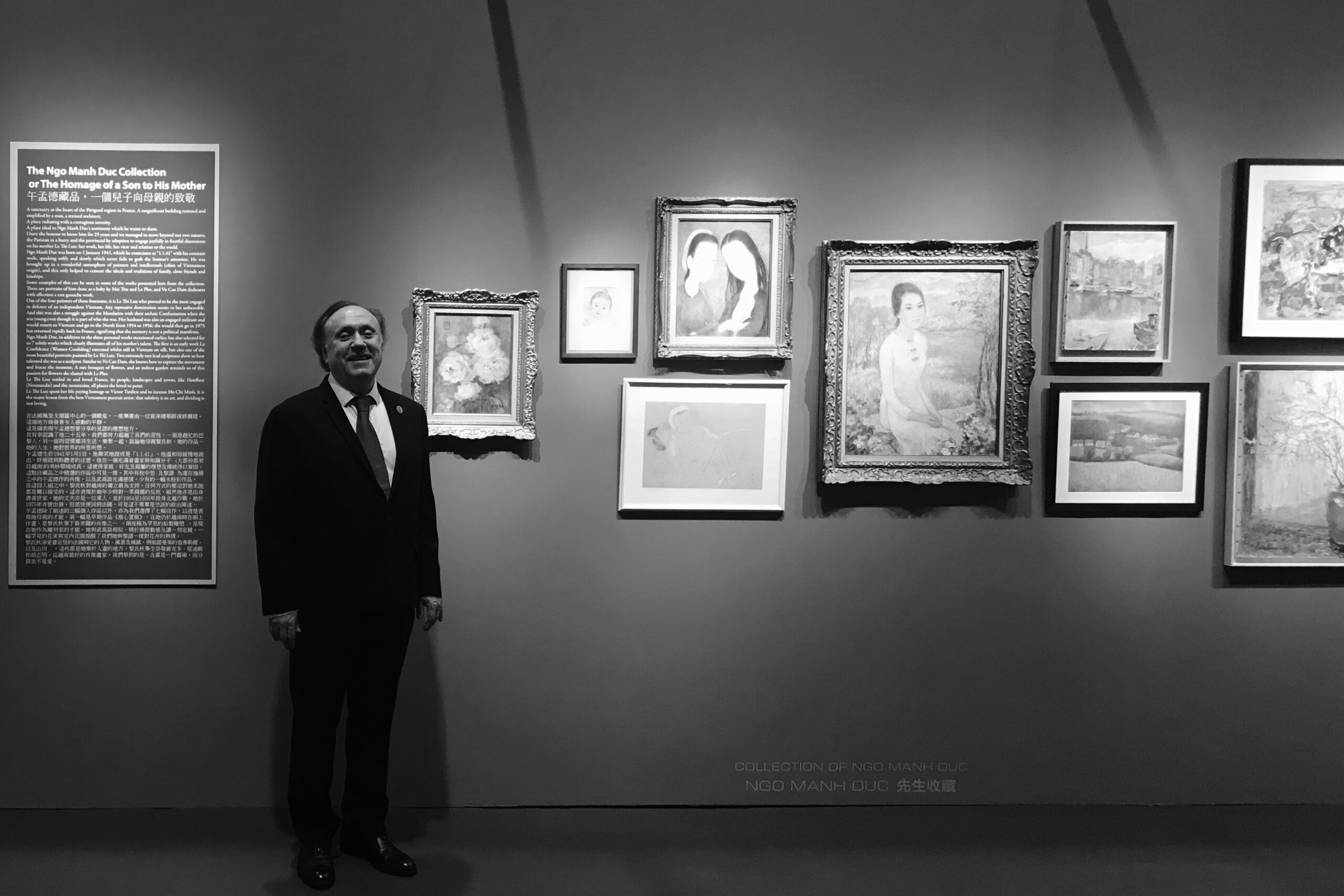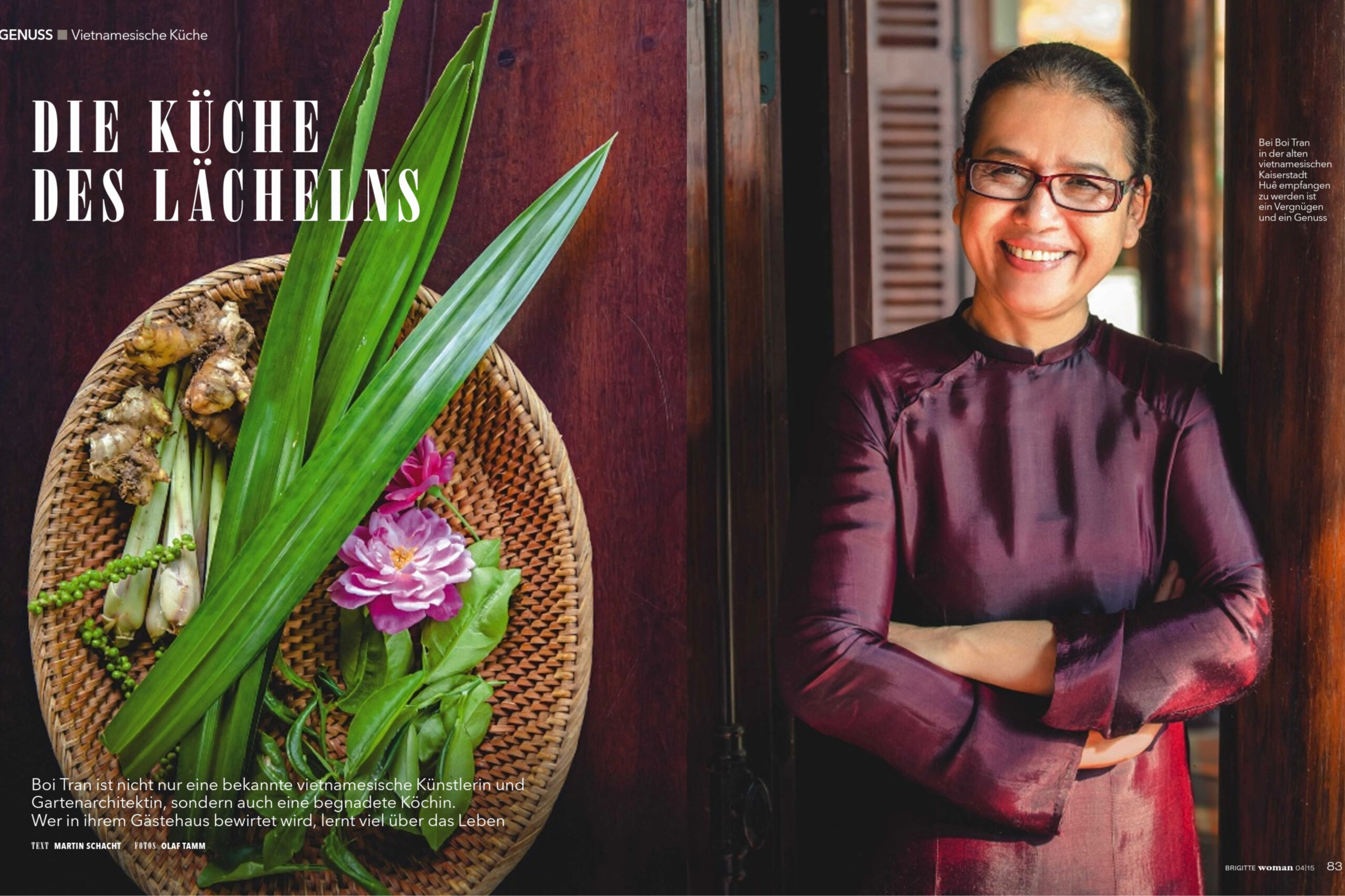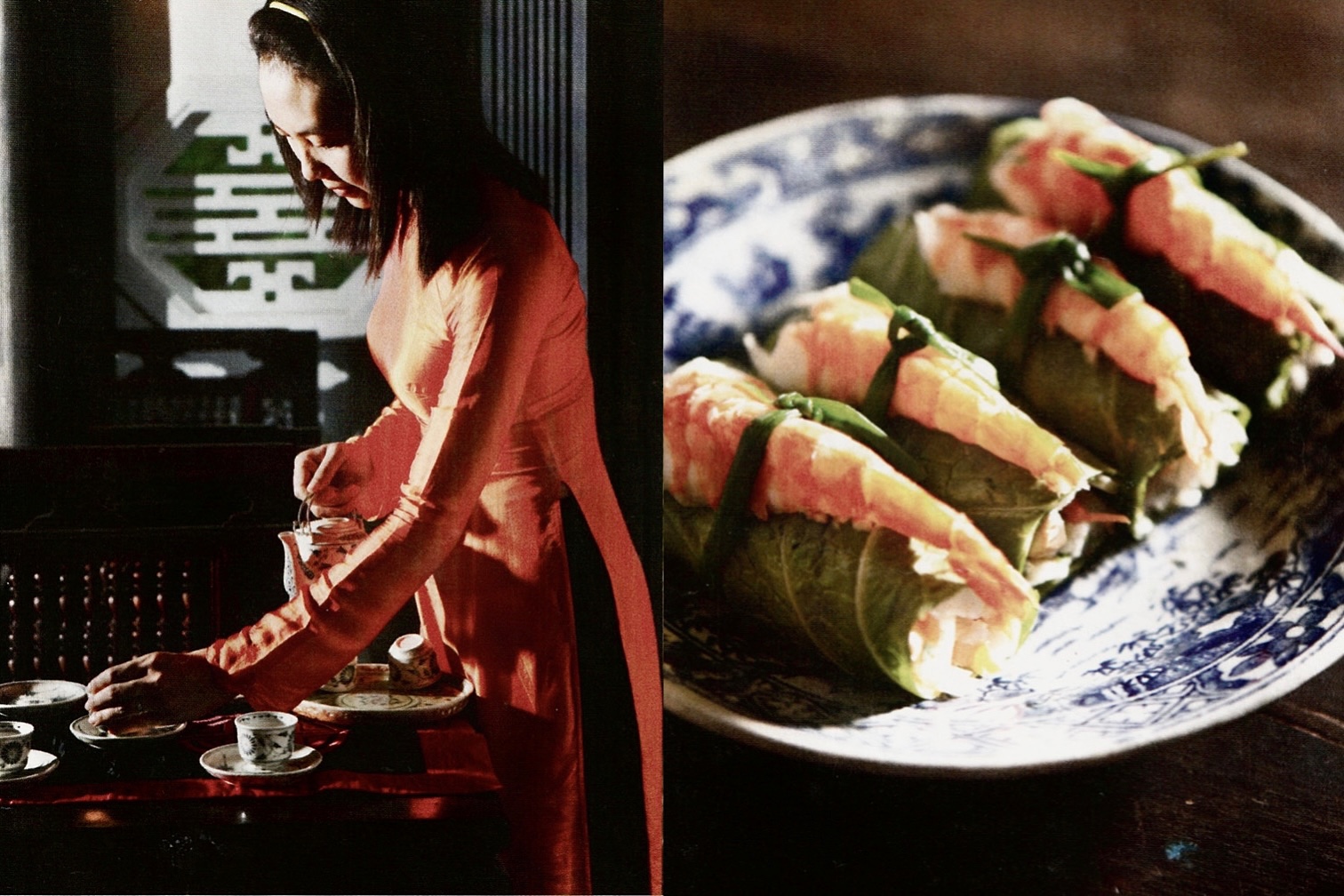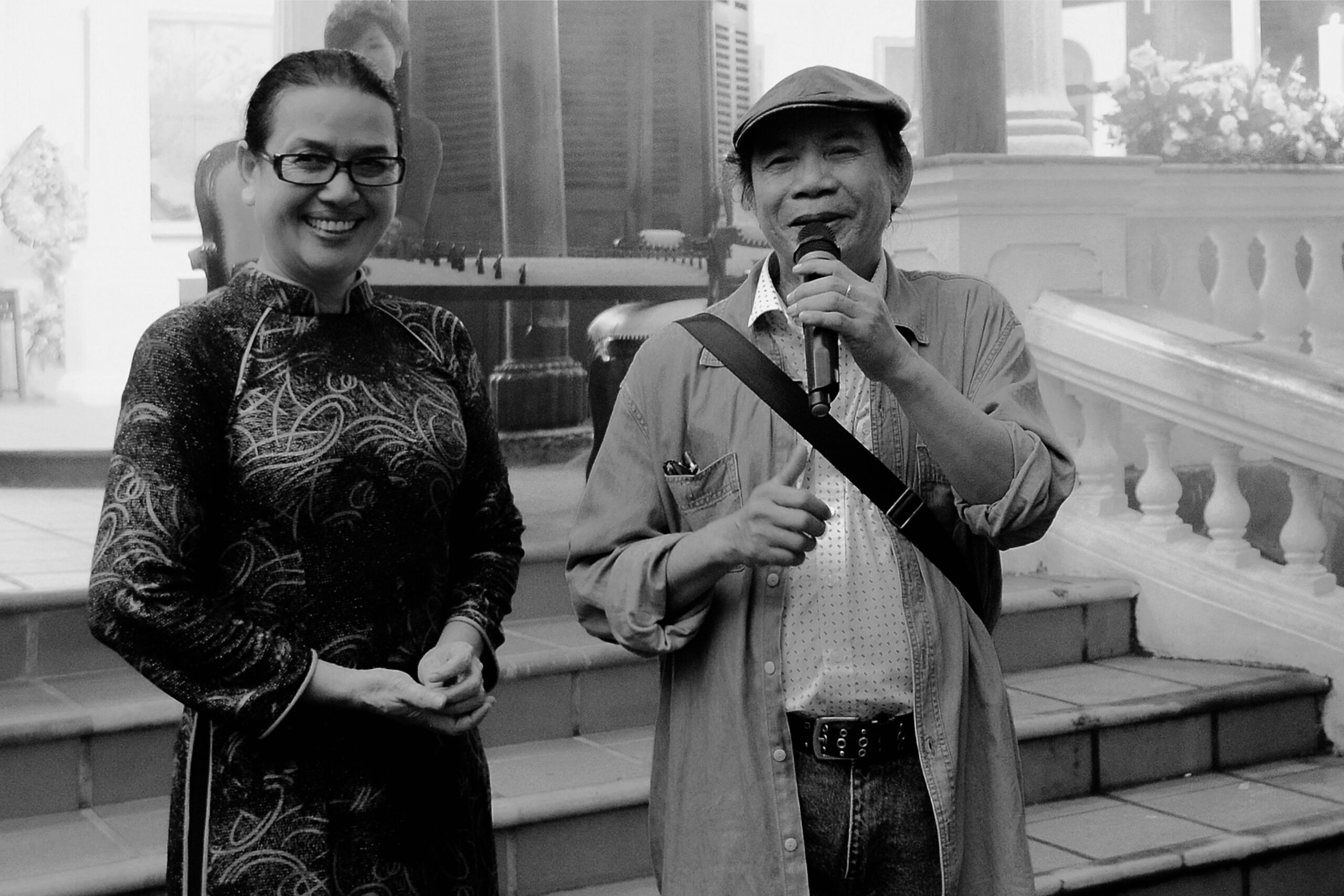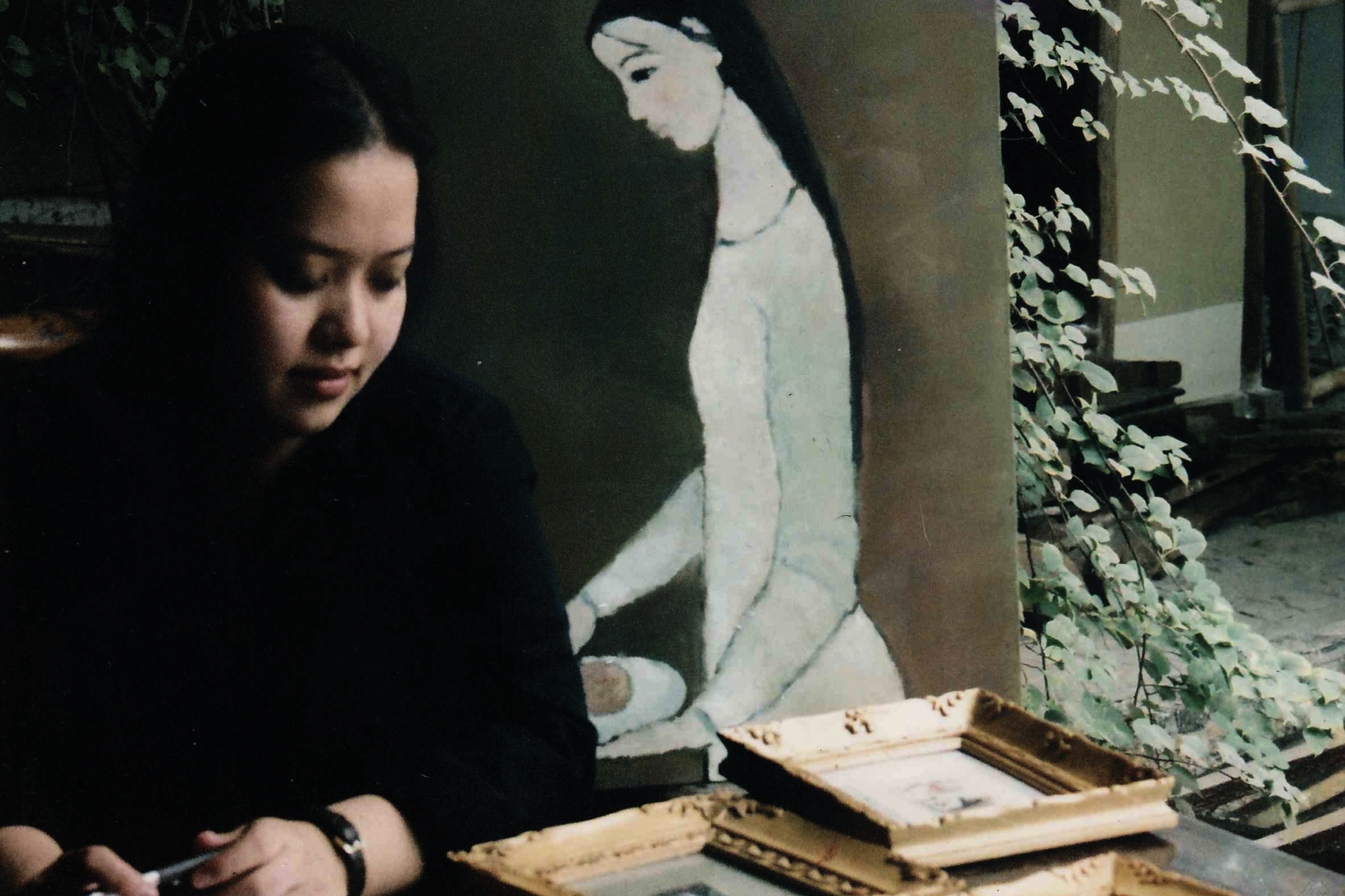Ancient Mansions’ Rebirth

THE RENAISSANCE OF ANCIENT MANSIONS
HỒI SINH NHỮNG NGÔI NHÀ CỔ
In the last couple of years, there has been a wave of a revival of a movement in restoring stately homes, especially ‘nhà rường’ (pillar houses). Numerous people collect damaged pillar houses and consolidate, restore, or renovate them completely. In terms of which it can be fully understood, the acedia towards Western physical properties and its excessive facilities resulted in a human phobia of uninspired havens. The feelings of suffocation under the population density and close-packed houses enable citizens to return to pure Vietnamese spiritual living conditions.
Trong mấy năm trở lại bỗng rộ lên một phong trào khôi phục nhà cổ, đặc biệt là nhà rường. Nhiều người đã mua lại những ngôi nhà rường đổ nát, rồi gia cố, xây dựng, thậm chí làm mới hoàn toàn. Điều này được hiểu theo nhiều cách: Chán ngấy loại nhà mang nặng chất lý tính của Âu Mỹ với tiện nghi quá mức, đẩy con người tới cảm giác sợ hãi một nơi trú ngụ vô hồn. Sự bức bối trong cuộc sống phố xá với loại nhà ống, nhà liền kề thiếu cả không khí để thở cũng dễ đưa con người có xu hướng quay về một không gian thuần khiết mang tâm thức Việt Nam.
Apparently, in other words, this tendency, known as the rebirth of traditional architecture despite the rapid process of modernisation, is an inevitable need for the revitalisation of conventional ways of life. In fact, architectural heritage is a national cultural legacy.
Rõ ràng xu hướng này, ở một phía khác chính là sự phục hồi không gian kiến trúc truyền thống, nhất là sự biến đổi quá nhanh của bộ mặt đô thị thì sự trở về nơi sống và sinh hoạt thân thuộc, gần gũi thực sự là một nhu cầu. Bởi di sản kiến trúc cũng chính là di sản văn hoá. phố xá với loại nhà ống, nhà liền kề thiếu cả không khí để thở cũng dễ đưa con người có xu hướng quay về một không gian thuần khiết mang tâm thức Việt Nam.
Following a trade of restoring ancient pillar houses takes intensive care and pains, not to mention the surface area, sceneries, and the owner’s sustained efforts to search, locate and collect the downgraded pillar houses, which proprietors offer for sale.
Nghề “chơi” nhà cổ cũng lắm công phu, không chỉ đòi hỏi diện tích, cảnh tri, người chơi còn phải cất công, lặn lội sưu tập nhiều ngôi nhà rường đã xuống cấp mà chủ nhân muốn sang nhượng.

Later on, a group of dedicated technicians, blue-collar workers,… is assembled to start the restoration process. Under any circumstances, without expertise and enthusiasm, it is impossible to make a dream of living in an ancient house full of woods and manufacture-intensive come true.
Sau đó phải tập hợp một đội ngũ thợ có tay nghề dựng lại nhà rường. Nếu không hiểu biết và mê dắm thì khó lòng thực hiện được ước vọng sống trong một ngôi nhà hoàn toàn bằng gỗ kỳ công như nhà rường.
In the capital city Hue, recently, Duong Dinh Vinh, Boi Tran, Thang… notable for the efforts and time for restoring the ancient wooden houses. They differ in numerous particulars regarding architectural style but in general, the design and construction provide a link to our roots, typical Hue wooden houses, such as the art of carving, engraving, encrusting and inlaying at the top of wood truss, girder, collar tie,… and most fundamentally, generating a place compatible with the appearance and ambience of Hue…
Ở Huế hiện nay, anh Dương Đình Vinh, chị Bội Trân, anh Thắng,… được nhiều người biết đến vì đã có thời gian, công sức gắn bó với nhà rường. Mỗi người mỗi cách nhưng nói chung trong thiết kế, xây dựng đều thể hiện đặc trưng nhà rường Huế với nghệ thuật tạo hình chạm, khắc khảm ở các đầu kèo, đầu xuyên, trếch, các dãy liên ba thành vọng và quan trọng là tạo nên một không gian quanh nó phù hợp với thần thái, tâm hồn Huế…
Boi Tran Garden, nestled on Thien An Hill, combines the wooden Hue mansion well restored with the Muong stilt home, together with a natural curving trail round the garden by Bat Trang ceramic bricks well covered by the poetic old pine-trees.
Following Ngự Hà Garden in the Imperial city, owned by Duong Dinh Vinh, it consists of 4 pillar houses in a row, adjoined by a terrace covering a pond full of lotus flowers. What an impressive sightseeing spot!…
Khu nhà rường chị Bội Trân trên đồi Thiên An kết hợp với ngôi nhà sàn dân tộc Mường, với lối đi uốn lượn quanh vườn bằng gạch Bát Tràng được xem là một bai thơ nho nhỏ dưới ngàn thông.
Vườn Ngự Hà trong Thành Nội của anh Dương Đình Vinh gồm 4 ngôi nhà rường liên kết bằng trường lang ven theo một hồ rộng đầy hoa súng là điểm tham quan đầy ấn tượng…
To ancient pillar houses, one have peace of mind and echoes of past reminiscences. Wooden carved sofa, bamboo curtains, water jars,… allow us to honour, embrace our golden ages and have a strong sense of identity which we think it falls behind the times.
Đến với nhà rường lòng ta thanh thản lại bồi hồi. Trường kỷ, rèm tre, lu nước, ngõ hạnh… làm ta tưởng như sống lại một thời xưa cũ ngỡ đã phôi phai.
Recently, Hue architecture has been on the brink of disappearance, the loss of historic architectural foundation well laid and established through the years is an inevitable consequence of modernisation, taking the high-rise buildings alongside the Perfume river for instance. Please don’t forget Hue becomes a poem capital in Vietnam thanks to its nature-blended architecture. That being the case, the renaissance of pillar houses, in some aspects, contributes to the reconstruction, preservation and protection of cityscape, cultural awareness and consciousness of this Imperial city.
By Ho Si Binh
Gần đây không gian Huế có nguy cơ bị phá vỡ, nền kiến trúc truyền thống vốn đã định hình từ bao đời đang đối diện với nạn nhà cao tầng xuất hiện ngày càng nhiều bên bờ sông Hương. Xin đừng quên Huế trở thành một bài thơ đô thị của Việt Nam là nhờ kiến trúc Huế luôn hoà điệu với thiên nhiên. Vì vậy, sự hồi sinh của các khu nhà rường, về một mặt nào đó, còn có ý nghĩa như góp phần tái tạo, bảo vệ cảnh quan kiến trúc và tâm thức văn hoá của vùng đất kinh xưa này.
Hồ Sĩ Bình






